That is the proposal of some National Assembly delegates at Group 16 (including National Assembly delegations of Da Nang city, Tuyen Quang and Cao Bang provinces) on the draft Bankruptcy Law (amended).
Must consult businesses and cooperatives when recovering assets
The National Assembly deputies in Group 16 agreed to develop the draft Bankruptcy Law (amended) to overcome current difficulties, helping to shorten the time to process legal procedures for bankruptcy, thereby improving the business environment; at the same time, they acknowledged that the draft Law has added important contents to achieve the set goals.
.jpg)
National Assembly Deputy Nguyen Viet Ha ( Tuyen Quang ) said that the draft Law supplementing procedures for business recovery of enterprises and cooperatives will create a stepping stone to help legal entities with capacity to recover and avoid bankruptcy. In particular, the draft Law stipulating regulations and support policies of the State such as fees, advance payment of recovery costs, payment priority, etc. will create a good legal basis for business recovery.
.jpg)
Regarding the regulations on bankruptcy procedures, delegates also found that the draft Law has amendments and supplements that help resolve many problems, especially problems related to the handling of assets of enterprises and cooperatives during the process of handling assets - a problem that has existed for many years.
“These amendments and supplements to the draft Law will help shorten processing time and ensure maximum value for the assets of enterprises and cooperatives,” delegate Nguyen Viet Ha emphasized.
Regarding the duties of the administrator, the enterprise managing and liquidating assets, delegate Nguyen Viet Ha suggested that at point c, Clause 1, Article 10, it is necessary to add the duty of updating the enterprise's assets. The draft Law currently only stipulates the responsibility of adding the list of creditors and debtors. However, developments in recovery or bankruptcy proceedings show that the assets of enterprises and cooperatives will fluctuate, requiring the administrator to update this content. The delegate also noted that this is very important content in handling bankruptcy procedures.
At Point h, Clause 2, Article 10 of the draft Law also adds the task of the administrator, asset management and liquidation enterprise representing the enterprise or cooperative in resolving disputes related to the enterprise or cooperative and in recovering assets.
Delegate Nguyen Viet Ha proposed to review this content because according to current law, the administrator and the asset management and liquidation enterprise only represent when the enterprise and cooperative do not have a legal representative.
“If the draft Law maintains this provision, it requires the opinions of enterprises and cooperatives to be represented. Because this is very much related to the interests of enterprises and cooperatives in the process of implementing recovery procedures and handling bankruptcy,” the delegate emphasized.
.jpg)
Also interested in this content, National Assembly Delegate Vuong Thi Huong (Tuyen Quang) noticed that the provisions at Point g, Clause 1 and at Point c, Clause 2 of Article 10 clearly show the goal of managing and protecting the assets of enterprises and cooperatives during the recovery and bankruptcy process.
However, assigning the entire responsibility of “preventing the sale, transfer or dissipation of assets” to the administrator, according to the delegate, does not ensure feasibility, because the administrator does not have administrative authority or enforcement power, while lacking a mandatory coordination mechanism with competent authorities such as the Court, the Procuracy, civil enforcement agencies, the police or local authorities.
In practice, in many bankruptcy cases, asset dissipation occurs before or immediately after the Court accepts the case, making it impossible for the Administrator to promptly prevent it despite having legal responsibilities.
Therefore, delegates proposed to study and supplement regulations clearly defining the coordination mechanism and support responsibilities between the administrator and competent state agencies in preventing, preserving and recovering assets.
At the same time, the study gives the administrator the right to request the Judge, Prosecutor, and Enforcement Officer to apply measures to prevent the sale, transfer, or dissipation of assets of enterprises and cooperatives during the bankruptcy proceedings.
“Adding this mechanism will improve the feasibility and effectiveness of asset management, preservation, recovery and disposal, limit asset loss, and at the same time ensure the legitimate rights of creditors and the strictness of the law,” delegate Vuong Thi Huong emphasized.
Evaluation of economic efficiency and State management when supplementing recovery procedures
National Assembly Deputy Nguyen Van Quang (Da Nang) suggested that it is necessary to evaluate the economic and State management efficiency of adding rehabilitation procedures to the draft Bankruptcy Law (amended). Because, although rehabilitation procedures are very meaningful, enterprises and cooperatives that are at the point where creditors request bankruptcy will find it difficult to pay debts or carry out rehabilitation.
.jpg)
“The current bankruptcy process takes from 18 to 24 months, with some cases lasting up to 3 or 4 years. If special procedures and processes are not applied, it will be difficult to effectively resolve the bankruptcy case.”
From the above reality, delegate Nguyen Van Quang said that it is necessary to continue reviewing the obstacles and difficulties that cause the time to carry out bankruptcy of enterprises in our country to be prolonged; pay attention to separating the costs of implementing recovery, bankruptcy, costs to ensure the operation of enterprises in carrying out bankruptcy procedures, especially the costs of maintenance and repair to ensure the preservation of asset value...
.jpg)
National Assembly Deputy Pham Thuy Chinh (Tuyen Quang) also noted that currently, most enterprises in our country choose to stop operations without choosing to carry out bankruptcy procedures. This situation occurs for many reasons. Therefore, the draft Law needs to simplify administrative procedures and create the most favorable conditions for implementing bankruptcy.
Regarding the time to determine whether a business or cooperative is insolvent, National Assembly Deputy Be Minh Duc (Cao Bang) said that 6 months is long enough to give businesses more time to recover or supplement financial resources to avoid bankruptcy when the difficulty is only temporary.
Clause 2, Article 5 of the draft Law also stipulates that enterprises and cooperatives become insolvent when they fail to fulfill their debt payment obligations within 6 months from the payment due date.

However, according to delegates, the time to determine the insolvency of enterprises and cooperatives as stipulated in the draft Law is still long, slowing down the implementation of bankruptcy procedures, prolonging bad debt, and possibly affecting the interests of creditors because assets decrease in value, losing the opportunity to recover assets.
At the same time, it can also affect the rights of workers (such as income or opportunities to find new jobs) during the time when the enterprise or cooperative is operating ineffectively.
In addition, the regulation on long time to determine insolvency also has the potential risk of being exploited for personal gain, because enterprises and cooperatives can take advantage of it to delay debt repayment obligations and go bankrupt to avoid responsibility to creditors.
Therefore, delegate Be Minh Duc proposed to review the time to determine insolvent enterprises and cooperatives to make it more appropriate.
Source: https://daibieunhandan.vn/quy-dinh-thoi-gian-doanh-nghiep-hop-tac-xa-mat-kha-nang-thanh-toan-phu-hop-hon-10392569.html


![[Photo] Prime Minister Pham Minh Chinh chairs meeting on railway projects](https://vphoto.vietnam.vn/thumb/1200x675/vietnam/resource/IMAGE/2025/10/23/1761206277171_dsc-9703-jpg.webp)







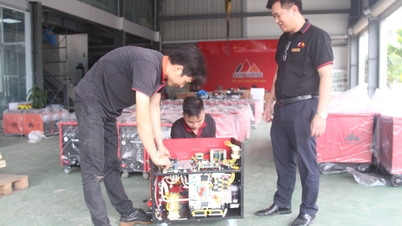







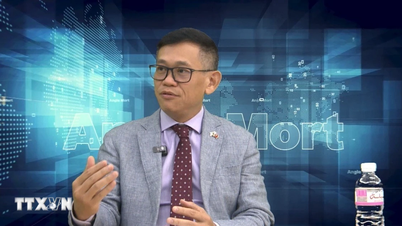

















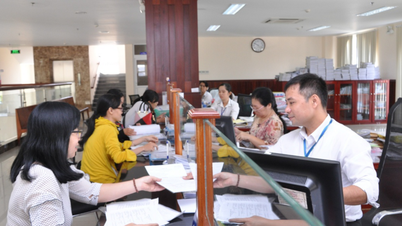







































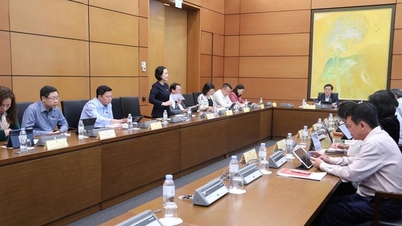






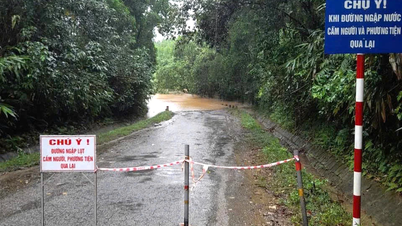
























Comment (0)